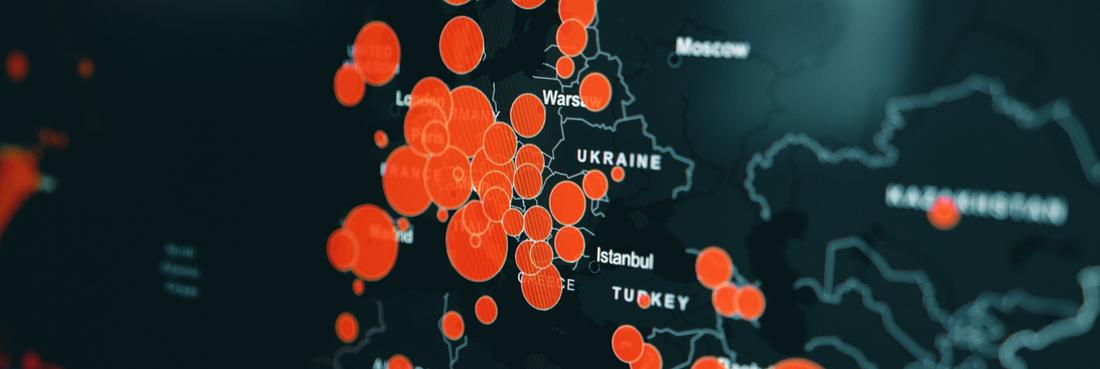Tags that this post has been filed under.
Data visualisation is a process of representing data in a graphical or pictorial format. It is an important skill to have in today's data-driven world. There are many different software programs and tools that can be used to create visualisations, but the most important thing is to have a good understanding of the data and what it is trying to show.
There are many different types of data visualisations, but the most important skills to have are:
- The ability to understand and interpret data
- The ability to choose the right type of visualisation for the data
- The ability to create clear and concise visualisations
- The ability to communicate information effectively through visualisations
Understanding and Interpreting Data
The first step in creating any data visualisation is to understand the data. This involves understanding what the data is trying to show, and what story it is trying to tell. It is important to be able to ask questions of the data, and to explore it in order to gain a deep understanding.
There are many different ways to explore data, but some of the most important methods are:
- Descriptive statistics: This involves summarising the data using measures such as mean, median, mode, standard deviation, etc.
- Visualisations: This involves using graphical methods to explore the data, such as scatter plots, bar charts, histograms, etc.
- Data mining: This involves using methods such as clustering and association rules to find patterns and relationships in the data.
Once the data has been explored and understood, it is then possible to start thinking about how best to represent it.
Choosing the Right Type of Visualisation
There are many different types of data visualisations, and the best one to use will depend on the type of data and what story it is trying to tell. Some of the most common types of visualisations are:
- Bar charts: Used to compare categorical data
- Line graphs: Used to show trends over time
- Scatter plots: Used to show relationships between two variables
- Pie charts: Used to show proportions (However: don't use them)
- Maps: Used to show geographical data
It is important to choose a type of visualisation that is appropriate for the data, and that will effectively communicate the message that you want to convey.
Creating Clear and Concise Visualisations
Once you have chosen the right type of visualisation for your data, it is important to make sure that it is clear and concise. This means using an effective design, choosing the right colours, and making sure that the visualisation is easy to understand.
A good way to design visualisations is to use the principle of minimalism. This means only including the elements that are absolutely necessary, and avoiding anything that could clutter or confuse the visualisation.
It is also important to use colours effectively. The colours should be chosen so that they contrast well with each other, and so that they convey the message that you want to communicate. For example, warm colours such as red and orange can be used to convey excitement or energy, while cool colours such as blue and green can be used to convey calmness or relaxation.
Communicating Information Effectively Through Visualisations
Once you have created a clear and concise visualisation, it is important to make sure that it communicates the information effectively. This means choosing the right title, labels, and annotations, and making sure that the viewer can easily read and understand the visualisation.
A good title should be short and descriptive, and should give the viewer an idea of what the visualisation is about. The labels should be clear and concise, and should describe what each element in the visualisation represents. The annotations should be used sparingly, and only when they are absolutely necessary. They should be used to highlight important points or trends in the visualisation.
Photo by Clay Banks on Unsplash
